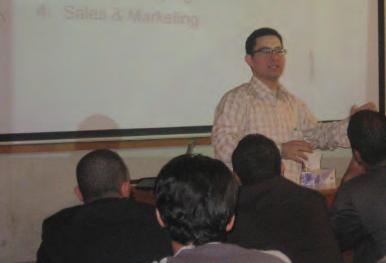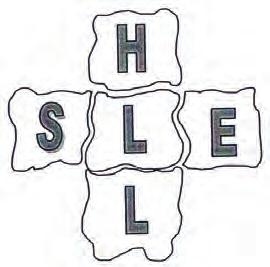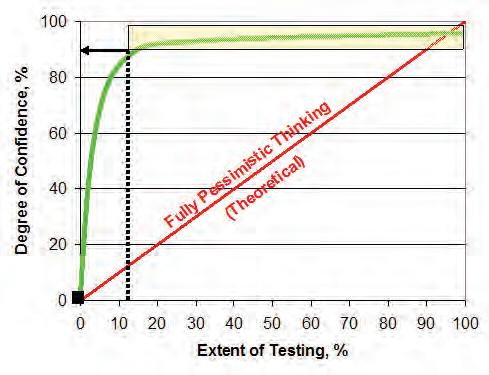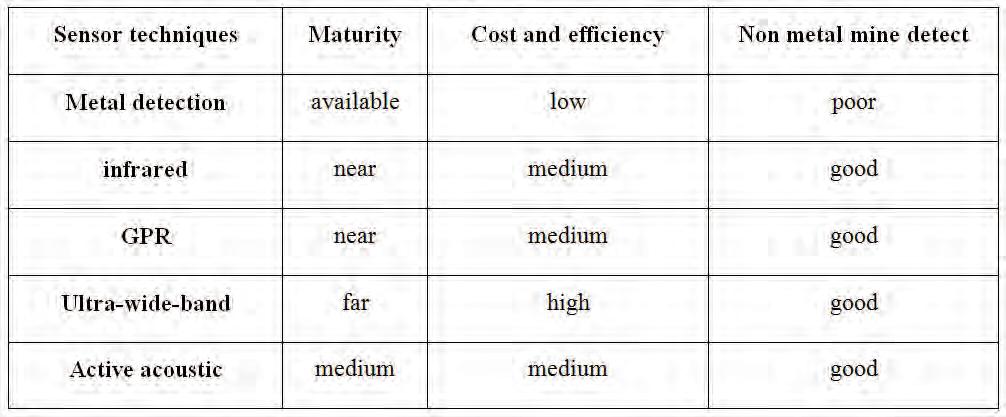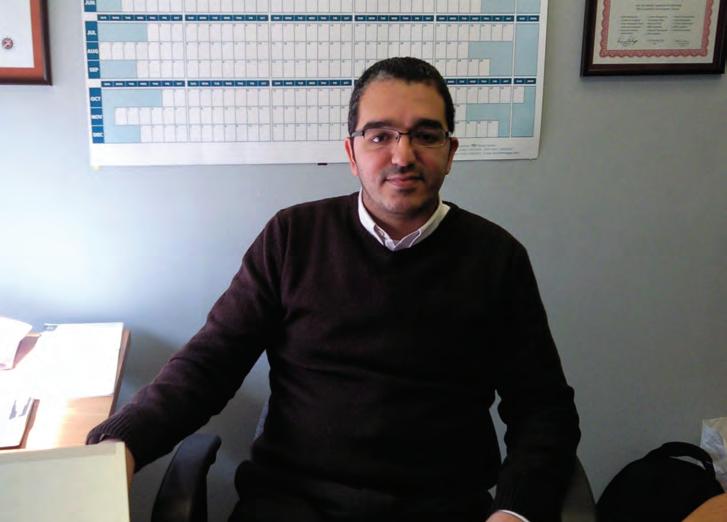MEET THE EXPERTS
DEGREE OF CONFIDENCE A Driving Concept for Inspection
Dr. Eng. Hamid A. Nagy Associate Prof. Faculty of Petroleum and Mining Engineering G.M of Weld Inspecta in Sudan
Books and references are good sources of information. But on great number of topics they can be sometimes vague, not to mention; complicated and overloaded with technicalities and unnecessary details. That is what led us to seek a dierent more adequate learning approach, one that depends on simplicity and directory. To achieve such a goal we went to the expert engineers of the major leading companies of the petroleum industry.
Degree of confidence simply expresses how much you are confident that the item you are fabricating or the facility you are constructing would be fit for its purpose during a certain period of its service. Although this concept is rarely found in standards and specifications, and if it appears explicitly, it is mentioned partially such as the concept of joint efficiency in ASME and API. Its understanding is critical for establishing a reliable quality control system towards which most standards and specifications are directed. Also, degree of confidence represents a key for comprehensive understanding of a booming technique of inspection called risk based inspection (RBI). Actually the design and the technology of fabrication and/or construction together with the accuracy of implementing quality control steps are some of the main factors controlling the degree of confidence but in this article, we are going to focus on the extent of testing as the main variable achieving the resultant (final) degree of confidence and in the vicinity of this relation the effect of other parameters will be more apparent. For the sake of simplicity, the extent of testing is to be defined as the percentage of items under inspection. To start, let us say we have to receive 100 valves and we are going to inspect all of them using a certain procedure of testing, are you going to be 100% confident about the fitness of the valves to serve?
06
January 2010
ECHO
The answer should not be yes because human factors interfere with the accuracy during establishing and manifesting the procedure of testing. This results in the fact that the degree of confidence will not be 100%. Now let us say you have inspected just one valve, what will be the degree of confidence? The answer will be in the range from 1% (if you are totally pessimistic) to a certain percentage depending on how far you are optimistic. This simply means; the slope of the relation should be equal to 1 (the red line in Figure 1) or higher (the un-shadowed segment of the green line). However, the green line slope should slow down with the extent of testing to form a saddle (the shadowed segment of the green line) which is assumed to tend to a maximum value less than 100% degree of confidence as the extent of testing approaches 100%. According to the green line, you can choose the extent of testing to be 12% only achieving 90% degree of confidence (the dotted vertical line) or 100% to be 93% confident (The end of X-axis).
Fig. 1.

